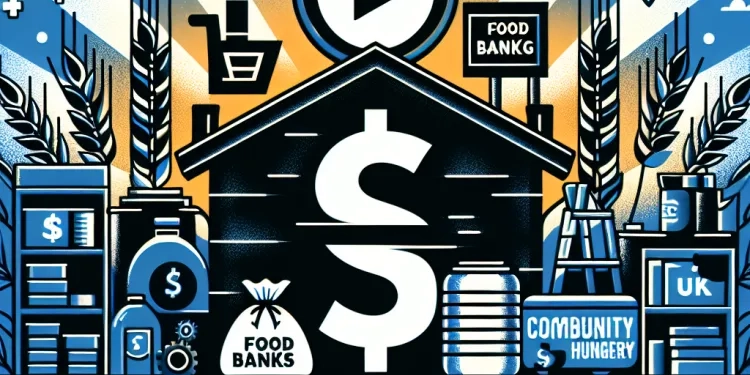
Find Help
More Items From Ergsy search
-

The Rise of Community Food Banks: Combating Hunger Locally
Relevance: 100%
-
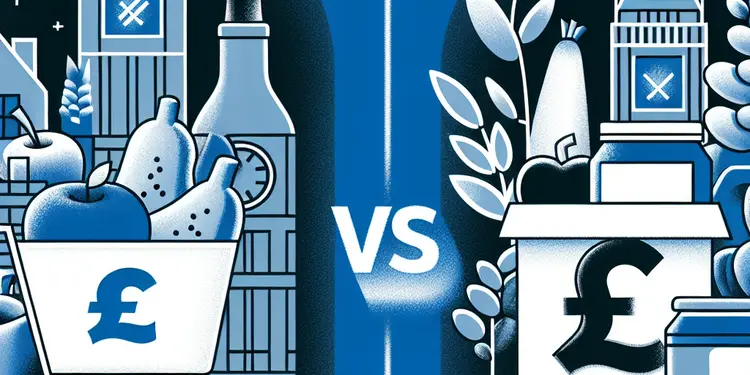
What is the difference between a food bank and a food pantry?
Relevance: 56%
-

What is a food bank?
Relevance: 54%
-
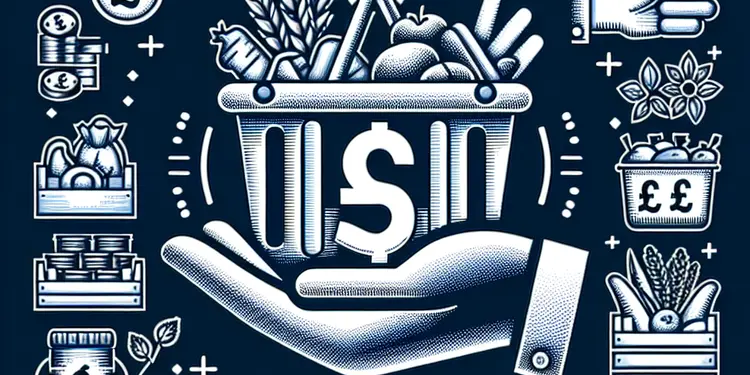
How can I support my local food bank?
Relevance: 48%
-

Is there a cost to receive food from a food bank?
Relevance: 47%
-

How do food banks get their food?
Relevance: 46%
-

What types of food are typically available at a food bank?
Relevance: 46%
-
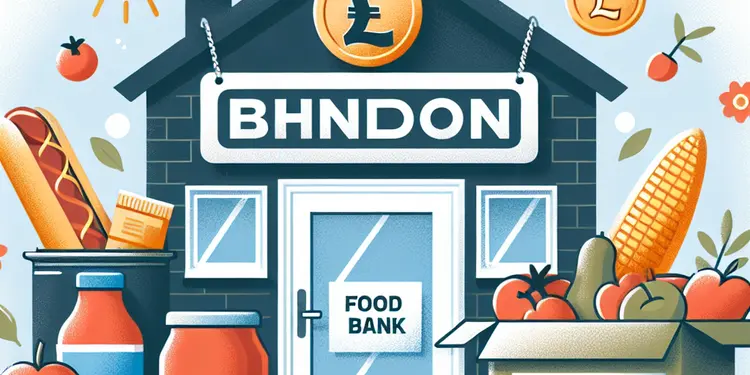
Are food banks open on weekends?
Relevance: 45%
-

Rise in Food Bank Usage Amid Economic Challenges
Relevance: 45%
-

What if there is no food bank near me?
Relevance: 44%
-
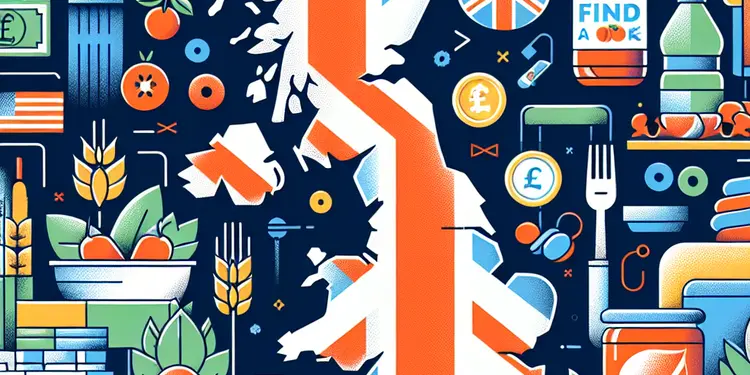
How can I find a food bank near me?
Relevance: 42%
-

How can I access food banks?
Relevance: 42%
-
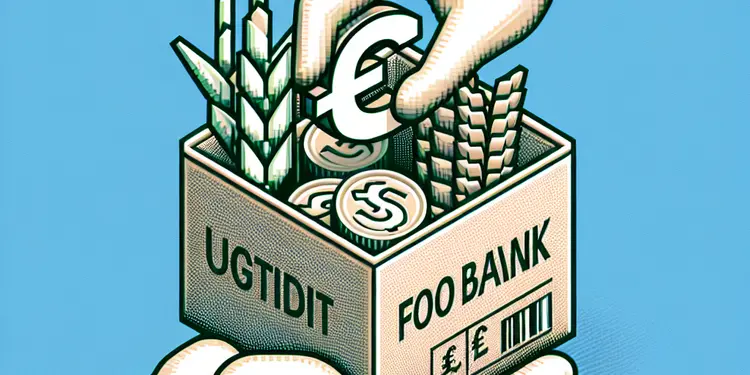
What if I can't physically visit a food bank?
Relevance: 41%
-
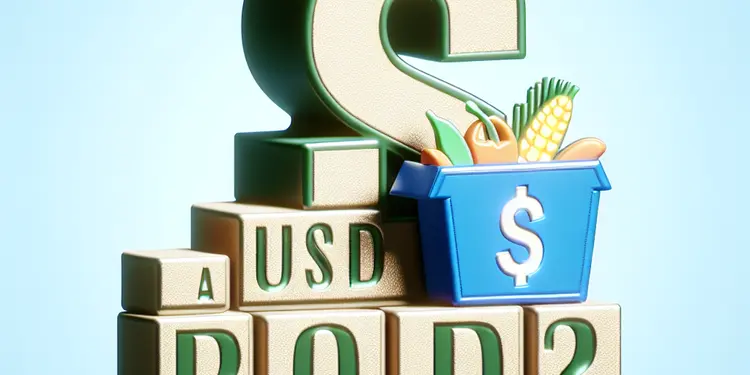
Can anyone use a food bank?
Relevance: 41%
-
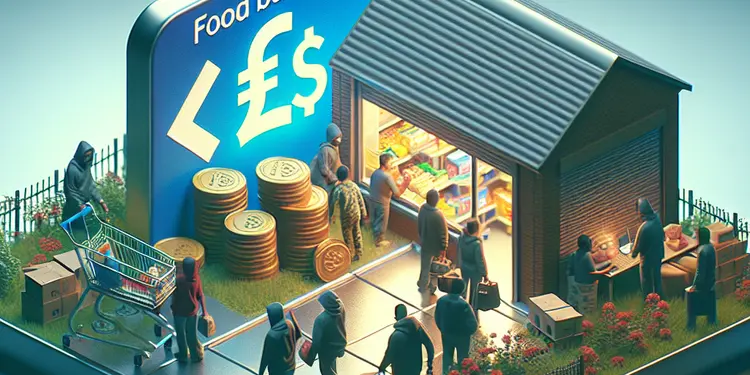
Can refugees or immigrants access food banks?
Relevance: 41%
-

Charities Warn of Food Insecurity Amidst Rising Cost of Living
Relevance: 40%
-
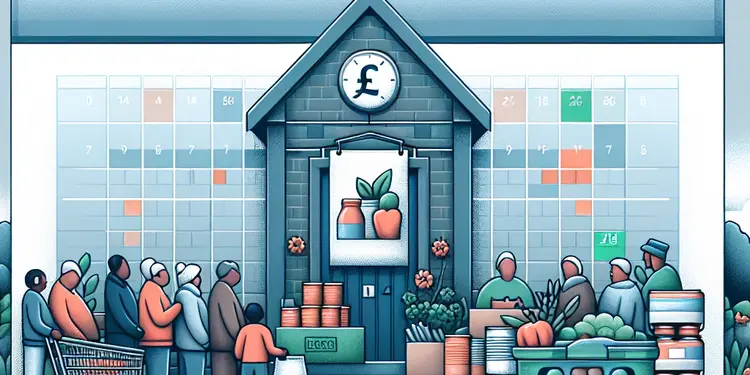
How often can I visit a food bank?
Relevance: 40%
-
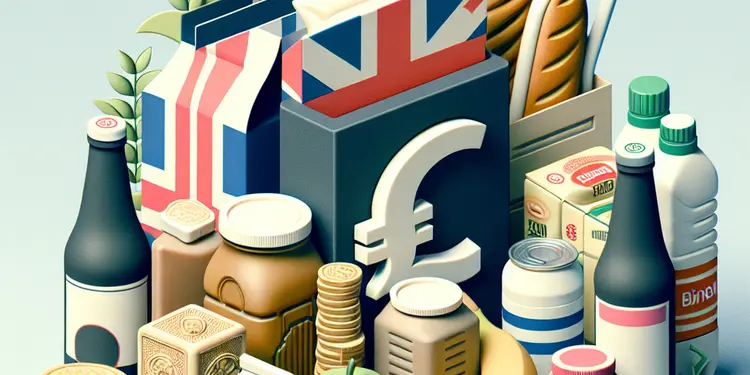
Is there a limit on how much food I can take from a food bank?
Relevance: 39%
-
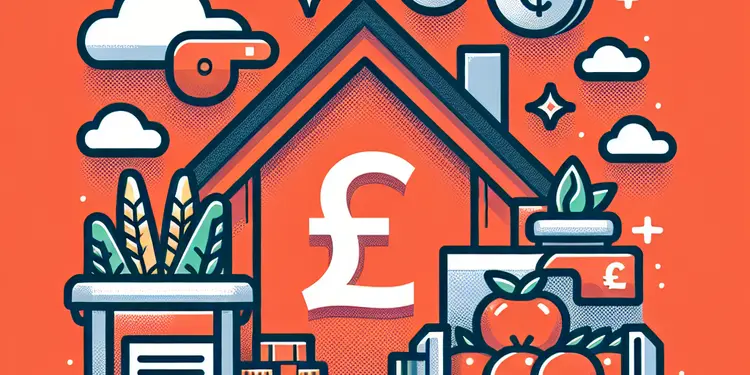
What information do I need to access a food bank?
Relevance: 39%
-
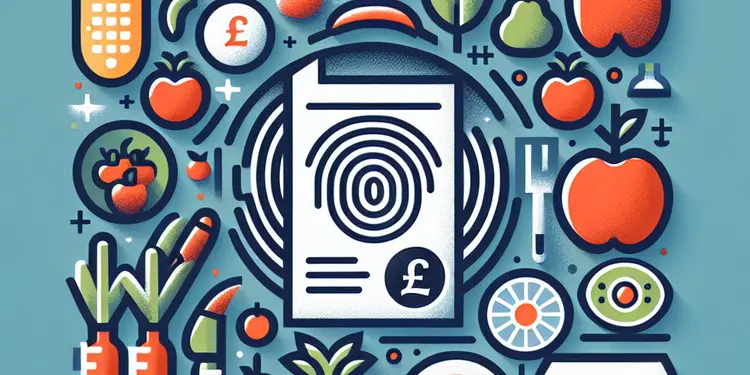
Do I have to provide personal information to access a food bank?
Relevance: 37%
-
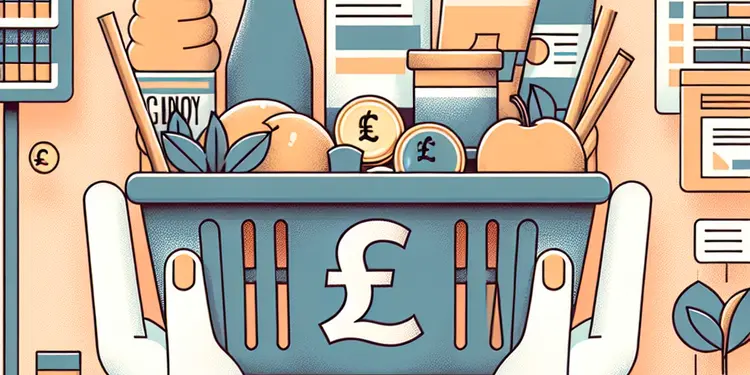
What should I bring with me when visiting a food bank?
Relevance: 37%
-
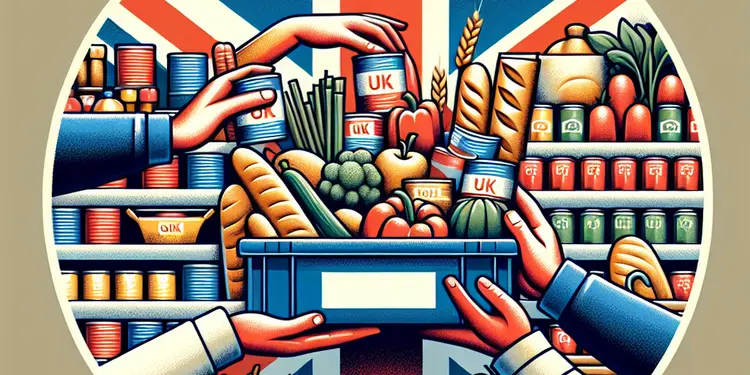
Can I volunteer at a food bank?
Relevance: 33%
-
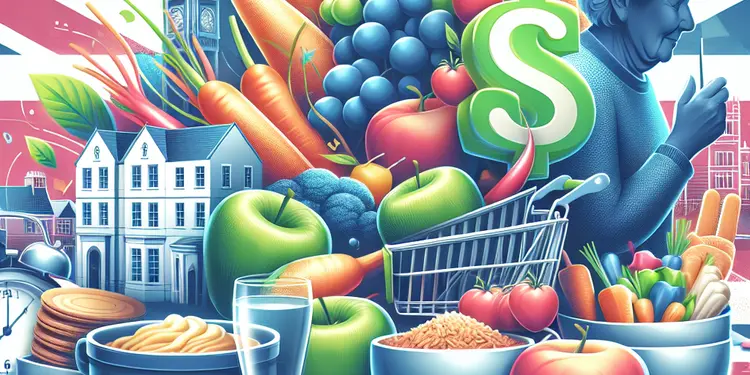
Are there any food assistance programs available for seniors?
Relevance: 32%
-

Addressing the Rising Cost of Living: Community Support and Resources
Relevance: 29%
-
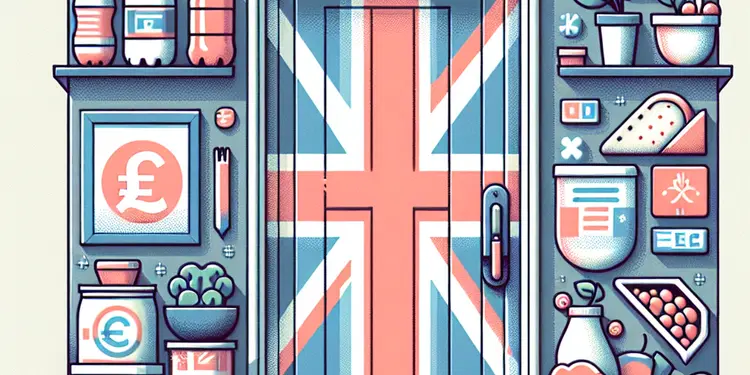
Do I need to make an appointment to visit a food bank?
Relevance: 28%
-

What alternative solutions are being discussed to combat rising rents?
Relevance: 27%
-

Impact of Cost of Living on UK Communities
Relevance: 26%
-
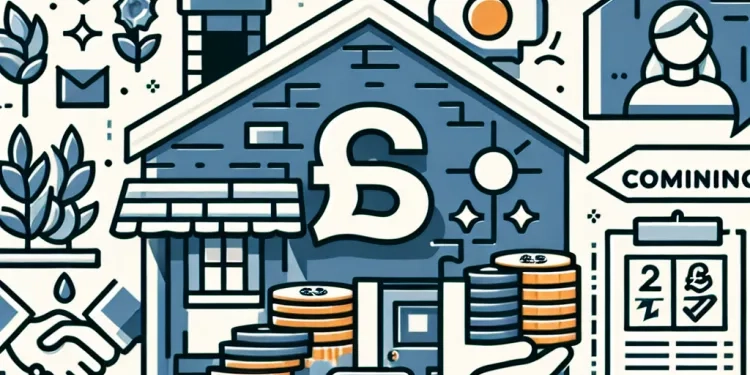
Addressing the Cost of Living Crisis: Community Support and Resources
Relevance: 24%
-

Are there any initiatives to reduce food waste in schools?
Relevance: 22%
-
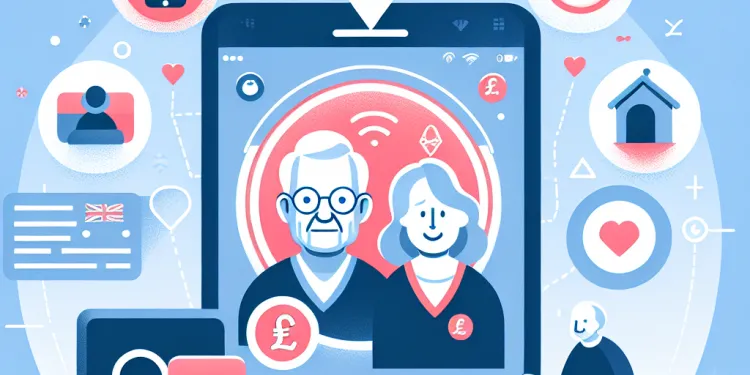
Innovative App Aims to Combat Loneliness Among Elderly
Relevance: 22%
-

UK Banks Strengthen Security Measures Amid Rise in Online Scams
Relevance: 22%
-

Do online banks have lower fees than traditional banks?
Relevance: 21%
-

Efforts to Combat Antibiotic Resistance Gain Momentum with New Research Initiatives
Relevance: 21%
-

What is the role of community hubs in supporting helpers?
Relevance: 21%
-

What is a dementia-friendly community?
Relevance: 20%
-

What types of support are available for community helpers?
Relevance: 20%
-

How do banking fees impact financial inclusion?
Relevance: 20%
-

Do online banks offer investment options?
Relevance: 20%
-

How does technology help in enhancing transparency in banking fees?
Relevance: 20%
-
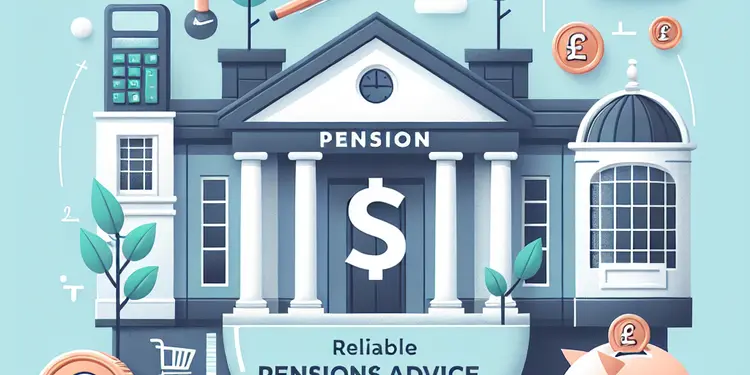
Is advice from my bank on pensions reliable?
Relevance: 19%
The Rise of Community Food Banks: Combating Hunger Locally
Introduction to Community Food Banks
Community food banks have become an essential part of the social fabric in the United Kingdom, providing critical support to individuals and families experiencing food insecurity. These local initiatives collect and distribute surplus food, ensuring that those in need have access to nutritious meals. The rise of these food banks has been a grassroots response to growing socio-economic challenges, and they have rapidly expanded in recent years.
Why Food Banks Are Essential
Food banks play a pivotal role in addressing hunger within local communities. They provide a safety net for those who are temporarily unable to afford food. Many people facing sudden unemployment, illness, or other financial hardships rely on food banks as a temporary measure to ensure they and their families do not go hungry. By offering a reliable source of food, these banks help to alleviate the pressures on individuals who are struggling to make ends meet.
The Growth of Food Banks in the UK
Over the past decade, there has been a significant increase in the number of food banks across the UK. Factors contributing to this rise include economic instability, increasing living costs, and cuts to public welfare programs. Organizations like The Trussell Trust, which coordinates a network of food banks, report that more people than ever are seeking their services. This growth highlights the crucial need for such community-based support systems.
How Food Banks Operate
Community food banks typically operate through donations of food and money from individuals, businesses, and charitable organizations. Volunteers play a critical role in the daily operations, from collecting and sorting food donations to distributing them to those in need. Many food banks partner with local supermarkets, food manufacturers, and farmers to secure surplus food that would otherwise go to waste. This collaborative approach not only helps reduce food waste but also fosters a spirit of community and solidarity.
The Impact on Local Communities
The presence of food banks in local communities has far-reaching benefits beyond merely providing food to those in need. They often act as hubs for further support services, offering advice on nutrition, benefits, and budgeting. Moreover, they can foster stronger community bonds, as volunteers and recipients work together towards a common goal. The rise of community food banks signifies a collective effort to ensure that no one in the community goes hungry.
Conclusion
Community food banks have increasingly become vital in combating hunger and food insecurity across the United Kingdom. By providing essential resources, fostering community cooperation, and addressing underlying economic challenges, they play a crucial role in supporting vulnerable populations. As food banks continue to grow and evolve, they remain a testament to the power of collective action in addressing local needs.
The Rise of Community Food Banks: Helping People Get Food Locally
What Are Community Food Banks?
Community food banks are places in the UK where people can go to get food if they don't have enough to eat. They collect extra food and give it to people who need it. Food banks have started because many people are having a hard time getting enough food. They have grown a lot in recent years because more people need them.
Why Do We Need Food Banks?
Food banks are very important for helping people who are hungry. They help people who can’t buy food because they lost their job or are sick. Food banks give them food so they don’t have to worry about being hungry. This makes life a bit easier for people who are having money troubles.
More Food Banks in the UK
In the last 10 years, there are more and more food banks in the UK. This is because things like money problems and high living costs are making it hard for people to get food. Groups like The Trussell Trust work with many food banks to help more people. This shows how important food banks are for helping the community.
How Do Food Banks Work?
Food banks get food and money from people, companies, and charities. Volunteers are very important. They help collect, sort, and give out the food. Many food banks also work with local shops and farmers to get extra food that might otherwise be thrown away. This way, they use the food well and bring people together to help each other.
How Food Banks Help Communities
Food banks do more than just give food. They can also give advice on eating healthy, saving money, and getting more help. They help people in the community feel closer because everyone works together to help others. Food banks show how people can come together to make sure no one goes hungry.
Conclusion
Community food banks are very important for helping people in the UK who don’t have enough food. They give food, bring people together, and help with money problems. As more people need help, food banks keep growing and show how working together can help solve problems in the community.
Frequently Asked Questions
What is a community food bank?
A community food bank is a non-profit organization that collects and distributes food to people who are in need. These food banks work to combat hunger at the local level by providing food packages to individuals and families who face food insecurity.
How do community food banks help to combat hunger in the UK?
Community food banks help combat hunger by providing free food supplies to those in need, conducting food drives, and organizing community events to raise awareness about food insecurity. They often serve as a crucial resource for individuals and families facing financial hardship.
Who can access the services of a community food bank?
Community food banks are generally open to any individual or family who is experiencing food insecurity. Some may require a referral from a social worker, charity, or other community organization.
How are community food banks funded?
Community food banks are typically funded through a combination of donations from individuals, businesses, and grants from government and non-profit organizations. Fundraising events and food drives also play a significant role in supporting their operations.
What kind of food is provided by community food banks?
Community food banks provide a variety of non-perishable items such as canned goods, pasta, rice, cereals, and occasionally fresh produce and dairy products, depending on availability.
How can someone donate to a community food bank?
Donations can be made in several ways, including giving non-perishable food items, monetary contributions, or by volunteering time. Many food banks have drop-off locations and also accept online donations.
Can businesses get involved with community food banks?
Yes, businesses can get involved by donating food, providing financial support, and encouraging their employees to volunteer. Some businesses also partner with food banks to help with outreach and community events.
How can individuals volunteer at a community food bank?
Individuals can volunteer by contacting their local food bank directly or by visiting the food bank’s website to learn about volunteer opportunities. Volunteers are often needed for tasks such as sorting food, packing food parcels, and assisting with distribution.
Are there food banks in all parts of the UK?
While there are many food banks across the UK, their coverage and availability can vary by region. Larger cities tend to have more food banks than rural areas, but efforts are continually being made to expand access.
What are the most needed items at community food banks?
The most needed items typically include canned goods (such as soups, beans, and vegetables), pasta, rice, cereals, peanut butter, and toiletry items like toothpaste and soap. Check with your local food bank for their specific needs.
How has the need for food banks changed in recent years?
The need for food banks has significantly increased in recent years, partly due to economic stressors such as rising living costs, unemployment, and welfare issues. The COVID-19 pandemic further exacerbated food insecurity, leading to higher demand.
What impact have community food banks had on local communities?
Community food banks have had a significant positive impact by providing essential support to those who are food insecure, reducing the burden on local government services, fostering community spirit, and raising awareness about the importance of food security.
Can food banks accommodate dietary restrictions or preferences?
While food banks strive to accommodate dietary restrictions and preferences as much as possible, their ability to do so often depends on the donations they receive. It’s best to communicate any specific needs directly with the food bank.
What challenges do community food banks face?
Community food banks face several challenges, including limited funding, food supply shortages, increasing demand, and logistical issues related to food storage and distribution. Volunteers also play a critical role, and a shortage in volunteer support can impact operations.
How can local communities support their food banks?
Local communities can support food banks by donating food and funds, volunteering their time, participating in food drives, and spreading awareness about the food bank’s mission and needs. Community involvement is crucial for the sustainability of food banks.
What is a community food bank?
A community food bank is a special place where people can get food if they do not have enough.
People share food with others who need help.
Food banks help make sure everyone has enough to eat.
Helpful Tip: Pictures and videos can help you understand more about food banks.
A community food bank is a place that helps people who need food. They are not trying to make money. Food banks collect food and give it to people who are hungry. They help people and families who don’t have enough food to eat.
How do community food banks help stop hunger in the UK?
Community food banks are places where people can get free food. They help people who do not have enough to eat. This is how they help:
- Give Food: Food banks give food to people who need it. People can take home food to eat.
- Help Families: Food banks help families who do not have money to buy food.
- Share Tips: They also give advice on how to cook food and make it last longer.
- Support Groups: Food banks can connect people with other places that help, like job centers or health services.
If you need help, you can go to a local food bank or talk to someone you trust. They might know where you can find a food bank.
Community food banks give free food to people who need help. They collect food from food drives and have events to tell others about people being hungry. Food banks are important for families who don't have enough money.
Who can use a community food bank?
People who need help with food can use a community food bank. If you or your family do not have enough to eat, you can visit a food bank.
To find a food bank near you, ask a local charity or community center. Some food banks may ask you to bring proof that you need help, like a letter or a form.
If you need help understanding what to bring, ask someone you trust for help. You can also call the food bank for more information.
Community food banks help people who need food. Anyone who needs food can go to them. Sometimes, you might need a note from a social worker or a charity to use the food bank.
Where do community food banks get their money from?
Community food banks get money and help from different places. Here are some ways they get support:
- Donations: People and companies give money and food.
- Charities: Groups that help people give money.
- Fundraisers: Events where people raise money to help.
- Government help: Sometimes the government gives money or food.
Use these tips to learn more:
- Ask someone you trust to explain more.
- Watch videos about community food banks.
- Visit a food bank to see how it works.
Community food banks get money and food from different places. People and businesses give donations. The government and other groups also give money. Food banks have events to raise money and collect food to help them keep working.
What food do community food banks give?
Food banks give away free food. They give food to people who need help. Some of the food you might get includes: - Canned food: like beans or soup. - Pasta and rice. - Breakfast cereal. - Bread and crackers. - Fresh fruits and vegetables if they have any. - Drinks: like milk or juice. If you need help with reading, ask someone you trust. They can help explain the information. You can also use tools that read text out loud.Community food banks give out different kinds of food like cans of soup or beans, pasta, rice, and cereals. Sometimes, they also have fresh fruits, vegetables, and milk if they are available.
How can you give to a community food bank?
Do you want to help people who need food? You can give to a community food bank. Here is how you can do it:
- Give Food: You can give cans and packets of food. Check what the food bank needs.
- Give Money: You can give money to help them buy food.
- Help Out: You can visit the food bank and help pack the food.
Ask for Help: If you find this hard, ask a friend or family for help. It is always okay to ask.
You can help by giving in different ways. You can give food that won't go bad quickly, like cans of soup or pasta. You can also give money. Another way to help is to give your time by volunteering. Many places where food is collected have spots where you can drop off food, and you can also give money online.
Can businesses help food banks in the community?
Yes, businesses can help food banks. They can give food, money, or time to help people who need food.
Businesses can also ask their workers to help. They can work together to collect food or raise money.
This can make the community stronger and help people who need it.
If you want to learn more, you can ask a local food bank. They will tell you how you can help.
Yes, businesses can help. They can give food, donate money, and ask their workers to volunteer. Some businesses also work with food banks to help in the community and at events.
How can people help at a community food bank?
Would you like to help at a community food bank? Here is how you can do it:
- Call or visit: You can call or go to the food bank. Ask them how you can help.
- Fill out a form: They might ask you to fill out a form with your name and contact details.
- Choose a task: You can help pack food, give food to people, or keep the area clean.
- Ask for help: If you need help understanding, ask someone to explain. You can use pictures or easy-to-read lists.
Helping at a food bank is a great way to support your community!
You can help at a food bank. You can call them or look on their website. You can check what jobs they need help with. Jobs might be sorting food, packing food boxes, or helping give food out.
Is there a place to get free food all over the UK?
Food banks help people who need free food.
Do you wonder if there are food banks everywhere in the UK?
Food banks are in many places, but not everywhere.
You can use the internet to find a food bank near you.
You can ask a helper or friend to assist you.
There are lots of places in the UK where people can go to get food if they need help. These places are called food banks. Some places have more food banks than others. Big cities usually have more food banks than countryside areas. People are working to make sure everyone can get help from food banks no matter where they live.
A good way to find a food bank near you is to use the internet or ask for help at a local community center. You can also call a helpline if you need help finding food.
What do community food banks need the most?
Community food banks help people who need food. Here are things they need: 1. **Cans of Food**: Like soup, beans, or vegetables. 2. **Pasta and Rice**: These last a long time and fill you up. 3. **Breakfast Cereals**: For a good start to the day. 4. **Toiletries**: Things like toothpaste and soap. 5. **Snacks**: Like cereal bars or nuts. If you want to help, try to give these items. You can also ask what they need right now. **Helpful Tip**: Use pictures and lists to keep track of what to donate.People often need food and things to use every day. Food like canned soup, beans, vegetables, pasta, rice, cereal, and peanut butter are really helpful. People also need things like toothpaste and soap. Ask your local food bank what they need most right now.
How has the need for food banks changed in recent years?
Have we needed more food banks lately?
Here is an easy way to understand:
- Food banks help people get food when they don't have enough.
- In the last few years, more people need help with food.
- This means more food banks are needed to help everyone.
Tips for understanding:
- Ask someone to read with you.
- Use a dictionary to look up hard words.
- Take your time and read slowly.
More people need help from food banks now. This is because things are getting more expensive, people are losing jobs, and there are problems with money people get from the government. The COVID-19 pandemic made this worse, so more people need food.
Tip: You can use picture boards or audio books to help understand better.
How do food banks help people in the community?
Community food banks help a lot. They give food to people who need it. This helps people who do not have enough food. It also helps the local government because they have fewer people to worry about. Food banks help people work together and understand why food is important for everyone.
Can food banks help with special food needs or likes?
Food banks give food to people who need it. If you have special food needs or things you like, food banks try to help.
If you can't eat some foods or have special likes, tell the food bank. They will do their best to find food that is right for you. But they may not always have everything you want.
Here are some tips to help you:
- Tell the food bank about your special needs early.
- Ask them if they have the food you need.
- If you have allergies, let them know to keep you safe.
If you need more help, bring a friend or family member when you visit the food bank. They can help you talk to the people there.
Food banks try hard to give food that everyone can eat. But they can only give what they get from people who donate. If you need special food, it's a good idea to tell the food bank what you need.
What problems do food banks have?
Community food banks have some problems. They don't always have enough money. Sometimes, they run out of food. More people need help, and that makes it hard, too. They have trouble with storing and giving out the food. Volunteers, or helpers, are important. If there are not enough helpers, it can make things difficult.
How can people in towns and cities help their food banks?
Here are some simple ways to help:
- Give food: You can donate cans and boxes of food.
- Give time: You can help by volunteering at the food bank.
- Give money: You can donate money to buy more food.
- Tell others: You can talk to friends and family about helping too.
Tools to help:
- Get a shopping list from the food bank to know what food they need.
- Use apps or websites to find your nearest food bank.
- Ask someone to help you understand how to volunteer.
People in the community can help food banks in different ways:
- You can give food or money to food banks.
- You can volunteer and help out at the food bank.
- You can join in food collection events.
- You can tell other people why food banks are important and what they need.
When many people help, it keeps food banks going strong.
Useful Links
- Ergsy carfully checks the information in the videos we provide here.
- Videos shown by Youtube after a video has completed, have NOT been reviewed by ERGSY.
- To view, click the arrow in centre of video.
- Most of the videos you find here will have subtitles and/or closed captions available.
- You may need to turn these on, and choose your preferred language.
- Go to the video you'd like to watch.
- If closed captions (CC) are available, settings will be visible on the bottom right of the video player.
- To turn on Captions, click settings .
- To turn off Captions, click settings again.
More Items From Ergsy search
-

The Rise of Community Food Banks: Combating Hunger Locally
Relevance: 100%
-

What is the difference between a food bank and a food pantry?
Relevance: 56%
-

What is a food bank?
Relevance: 54%
-

How can I support my local food bank?
Relevance: 48%
-

Is there a cost to receive food from a food bank?
Relevance: 47%
-

How do food banks get their food?
Relevance: 46%
-

What types of food are typically available at a food bank?
Relevance: 46%
-

Are food banks open on weekends?
Relevance: 45%
-

Rise in Food Bank Usage Amid Economic Challenges
Relevance: 45%
-

What if there is no food bank near me?
Relevance: 44%
-

How can I find a food bank near me?
Relevance: 42%
-

How can I access food banks?
Relevance: 42%
-

What if I can't physically visit a food bank?
Relevance: 41%
-

Can anyone use a food bank?
Relevance: 41%
-

Can refugees or immigrants access food banks?
Relevance: 41%
-

Charities Warn of Food Insecurity Amidst Rising Cost of Living
Relevance: 40%
-

How often can I visit a food bank?
Relevance: 40%
-

Is there a limit on how much food I can take from a food bank?
Relevance: 39%
-

What information do I need to access a food bank?
Relevance: 39%
-

Do I have to provide personal information to access a food bank?
Relevance: 37%
-

What should I bring with me when visiting a food bank?
Relevance: 37%
-

Can I volunteer at a food bank?
Relevance: 33%
-

Are there any food assistance programs available for seniors?
Relevance: 32%
-

Addressing the Rising Cost of Living: Community Support and Resources
Relevance: 29%
-

Do I need to make an appointment to visit a food bank?
Relevance: 28%
-

What alternative solutions are being discussed to combat rising rents?
Relevance: 27%
-

Impact of Cost of Living on UK Communities
Relevance: 26%
-

Addressing the Cost of Living Crisis: Community Support and Resources
Relevance: 24%
-

Are there any initiatives to reduce food waste in schools?
Relevance: 22%
-

Innovative App Aims to Combat Loneliness Among Elderly
Relevance: 22%
-

UK Banks Strengthen Security Measures Amid Rise in Online Scams
Relevance: 22%
-

Do online banks have lower fees than traditional banks?
Relevance: 21%
-

Efforts to Combat Antibiotic Resistance Gain Momentum with New Research Initiatives
Relevance: 21%
-

What is the role of community hubs in supporting helpers?
Relevance: 21%
-

What is a dementia-friendly community?
Relevance: 20%
-

What types of support are available for community helpers?
Relevance: 20%
-

How do banking fees impact financial inclusion?
Relevance: 20%
-

Do online banks offer investment options?
Relevance: 20%
-

How does technology help in enhancing transparency in banking fees?
Relevance: 20%
-

Is advice from my bank on pensions reliable?
Relevance: 19%


